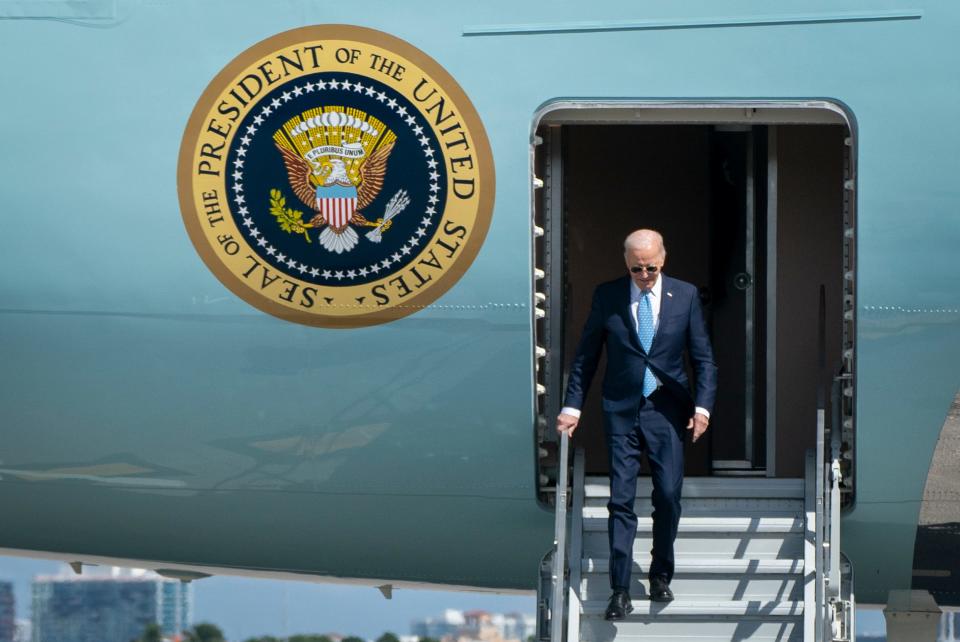Why the way we pick presidential nominees kind of makes sense | Opinion
Q. Why did we design a primary system that ends without most people voting?
A. The current presidential nominating system has only been in effect since the 1960s. It is important to remember that political parties were largely disliked by the drafters of the Constitution so there is no designated process for parties to pick their nominees. James Madison wrote in Federalist 10 that one of the purposes of the Union and the Constitution was to, “break and control the violence of faction.”
Nonetheless, our factions or political parties have very much become a part of our political system and in many ways play a key role in the development of policies, the process of running for office and the ability to govern while in office. Indeed, political scientists have long known the party identification is one of the best predictors of a person’s vote choice. For many voters, knowing the party of a candidate is all they need to know to cast a ballot.
More from the Civics Project: The Civics Project: Has American politics always been this bad?
For much of our national history, the party nomination process was conducted in private. Being nominated was achieved through seeking the support of the party leaders who controlled the delegates at the national convention. The candidate who assembled the largest number of delegates won. Much of this was done in non-public spaces and to the extent there was any action, it largely occurred during local caucuses or state conventions.

The party primary was instituted mostly as part of the Progressive Era reforms in some states and was not taken seriously by many candidates of the time. Entering a primary was seen as a weakness in the candidate. The fact that one needed to run in a primary to get the attention and support of the party regulars suggested that the candidate was weak and could not otherwise build a coalition among the party leadership. In short, if you had to run to be viable, you probably shouldn’t be in the running. In 1952, Tennessee Senator Estes Kefauver won 12 of the 15 primaries and lost the nomination at the convention to Governor Adlai Stevenson of Illinois.
The modern system is a product of the reforms instituted by the McGovern-Fraser Commission in 1968. They created a new set of rules for the process and one of the major reforms was making sure the voters had a larger and more direct say in who the nominee would be. State party leaders were forced to give notice and encourage full participation in their selection process. Primaries and caucuses became more open and essential to the nomination. Iowa first was an inadvertent result of their complicated system that required a long process.
More from the Civics Project: Civics Project explainer: Why do presidential candidates drop out even before a vote?
Nothing requires a candidate to drop out prior to all states having their primary or caucus, but it is expensive to run in so many states and candidates who do not show they are likely to win have trouble raising money and are forced from the race. Hence states that vote early tend to have the largest say, not by design but simply because of the way the system evolved.
Kevin Wagner is a noted constitutional scholar and political science professor at Florida Atlantic University. The answers provided do not necessarily represent the views of the university. If you have a question about how American government and politics work, email him at kwagne15@fau.edu or reach him on Twitter/X @kevinwagnerphd.
This article originally appeared on Palm Beach Post: Civics Project column: Why our presidential primaries are convoluted

